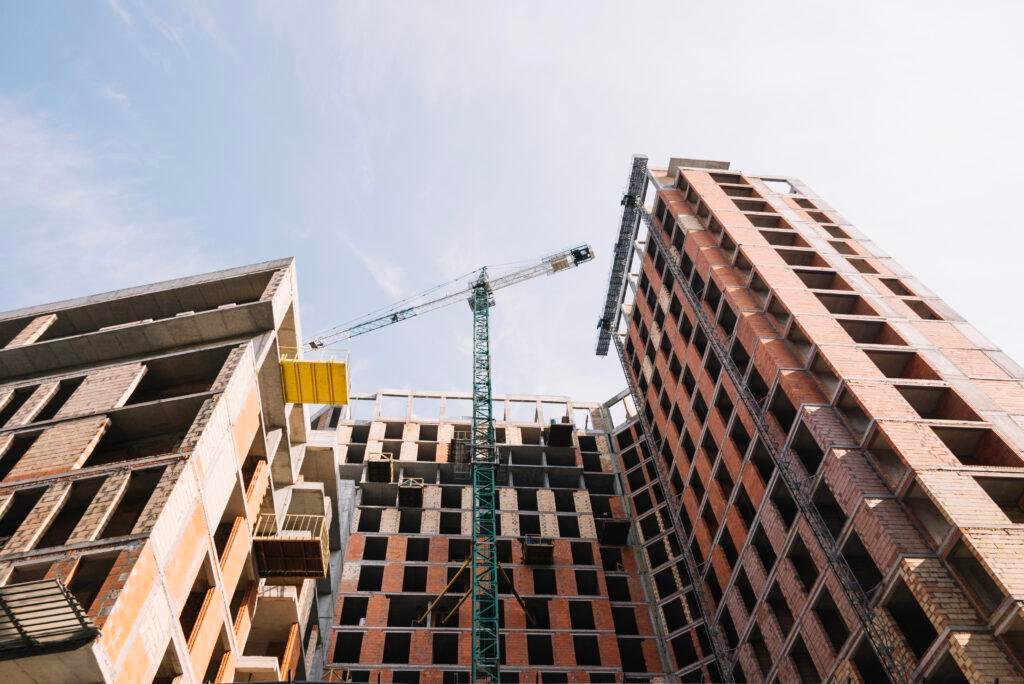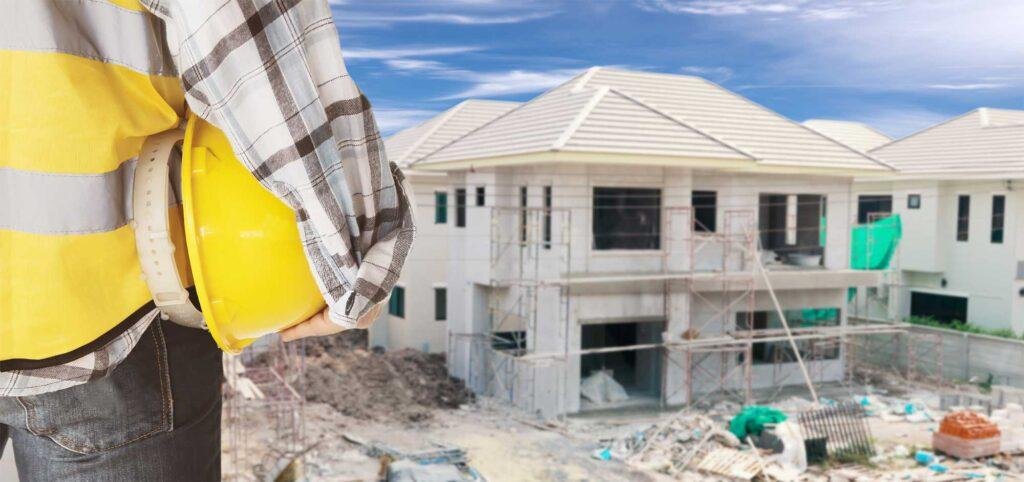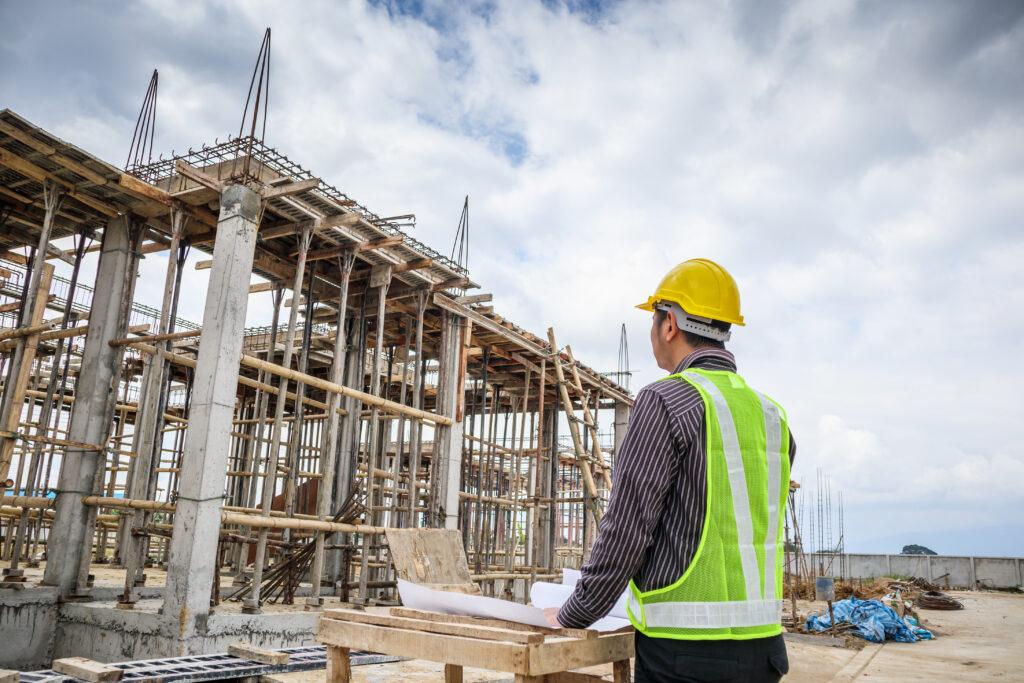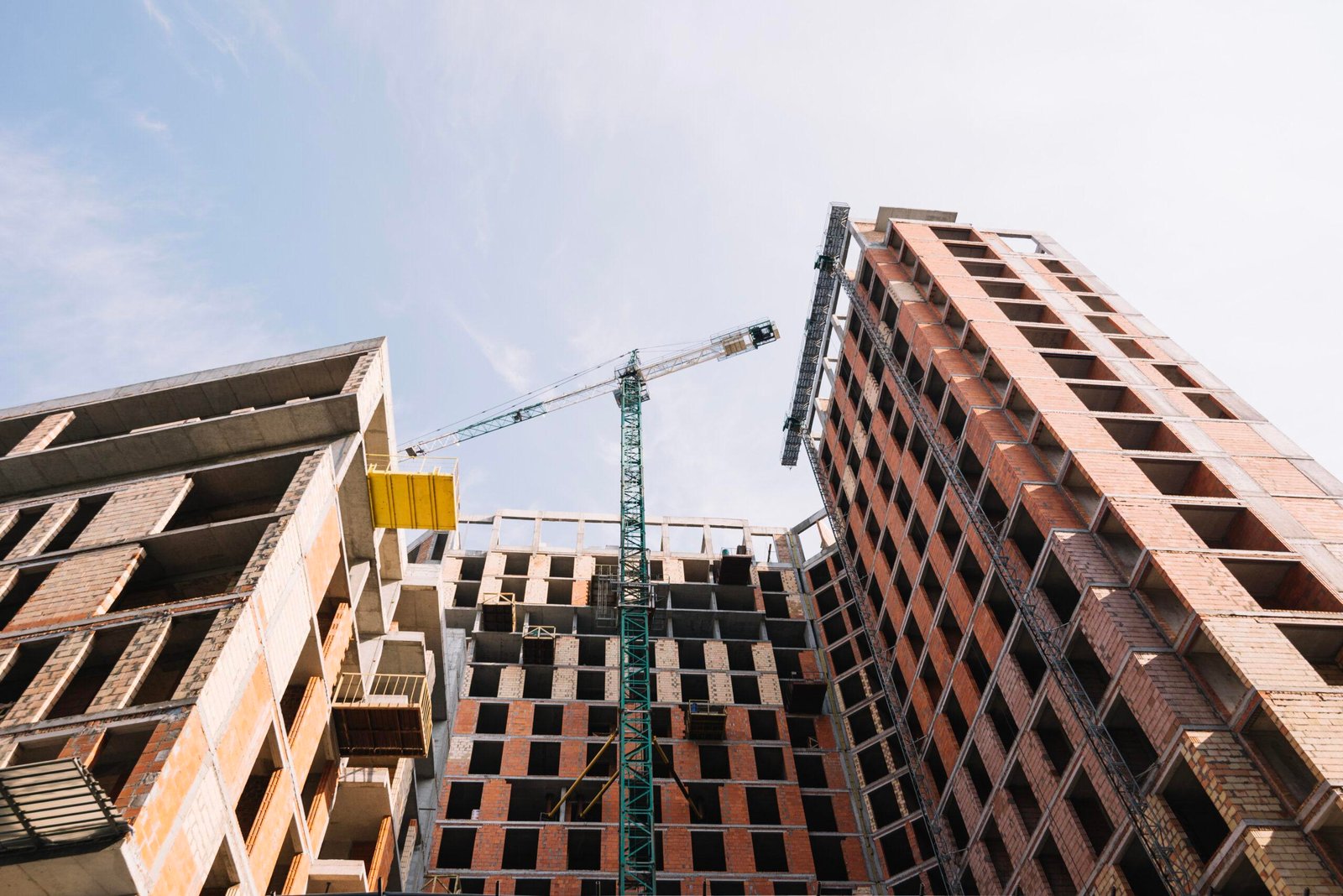
House Framing Regulations in English
When it comes to building a house, one of the most crucial aspects is the framing. The way a house is framed determines its structural integrity and longevity. However, framing is not just about putting together pieces of wood; it also involves adhering to specific regulations to ensure safety and compliance. In this blog, we will explore the world of house framing regulations in English, breaking down the key points for you to understand.
Understanding House Framing
Before diving into regulations, let’s first understand what house framing is all about. House framing is the process of creating the skeletal structure of a house. It’s like the bones of a building, providing support for everything that comes after, from walls to roofs.
The Role of Framing
Think of house framing as the backbone of your home. It does more than just hold things together; it determines the overall strength and stability of your house. If the framing is not done correctly or doesn’t meet the required regulations, it can lead to structural issues down the road. Nobody wants a wobbly house, right?
Regulations for House Framing
Now, let’s delve into the regulations that govern house framing. These rules are put in place to ensure that every house is safe and well-constructed.
1. Wood Selection
The type of wood used for framing must meet certain standards. It should be strong, durable, and resistant to decay and pests. Common choices include Douglas fir and Southern yellow pine.
2. Spacing of Framing Members
The distance between framing members, such as studs and joists, must adhere to specific measurements. This ensures that the structure can support the weight of the house and any loads it may bear. Incorrect spacing can compromise the integrity of the building.
3. Load-Bearing Walls
Certain walls in a house are considered load-bearing, meaning they support the weight of the structure above them. These walls must be designed and constructed to handle this load safely.
4. Wall Bracing
To prevent houses from collapsing during earthquakes or strong winds, wall bracing is essential. Regulations dictate the use of braces to strengthen the frame and protect against lateral forces.
5. Anchoring
Securing the frame to the foundation is crucial. Regulations require proper anchoring to prevent the house from shifting or sliding off its foundation in the event of an earthquake or other disasters.
6. Inspections
Throughout the framing process, inspections are conducted to ensure compliance with regulations. These inspections help identify any issues early on and ensure that the structure is sound.
7. Fire Resistance
Certain areas may require additional fire-resistant materials or construction methods to enhance safety in case of a fire.
Why Regulations Matter
You might be wondering why all these regulations are necessary. Well, they are in place to protect you, your family, and your investment. Properly framed houses are less likely to experience structural problems, which can save you a lot of headaches and money in the long run.
Framing in Everyday Language
Now, let’s break down some of the technical terms and regulations into everyday language. Imagine you’re building a house with your friends, and you want to make sure it’s done right.
“Choosing Strong Wood”
When picking the wood for your house, think of it like choosing the best material for a treehouse. You want wood that won’t rot or get eaten by bugs because you don’t want your treehouse falling down, right?
“Putting Things Not Too Close, Not Too Far”
When building your treehouse walls, make sure the posts aren’t too close or too far apart. You want them just right, like the perfect distance between swings on a playground.
“Supporting the Roof”
Some walls in your treehouse need to be super strong because they hold up the roof. Think of them as the superhero walls that keep everything safe and sound.
“Making It Earthquake-Proof”
If your treehouse is in a place where earthquakes happen, you need to add special stuff to keep it from shaking too much. It’s like putting seatbelts on your treehouse.
In Conclusion
House framing regulations in English may seem like a lot to take in, but they are essential for ensuring that your home is safe and sturdy. From choosing the right wood to securing the frame and making it earthquake-proof, these regulations exist to protect you and your loved ones.
So, the next time you see a house being built, you’ll have a better understanding of the intricate work happening behind the scenes to make it a safe and cozy home. And remember, good framing is like a strong hug for your house—it keeps everything together and standing tall.









